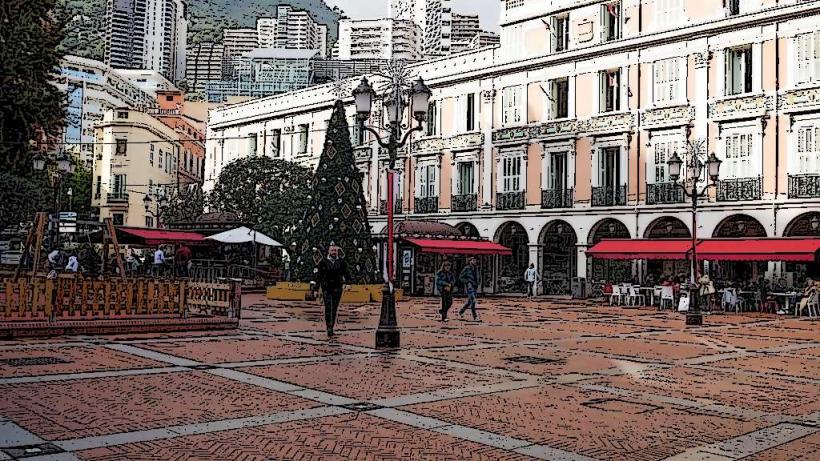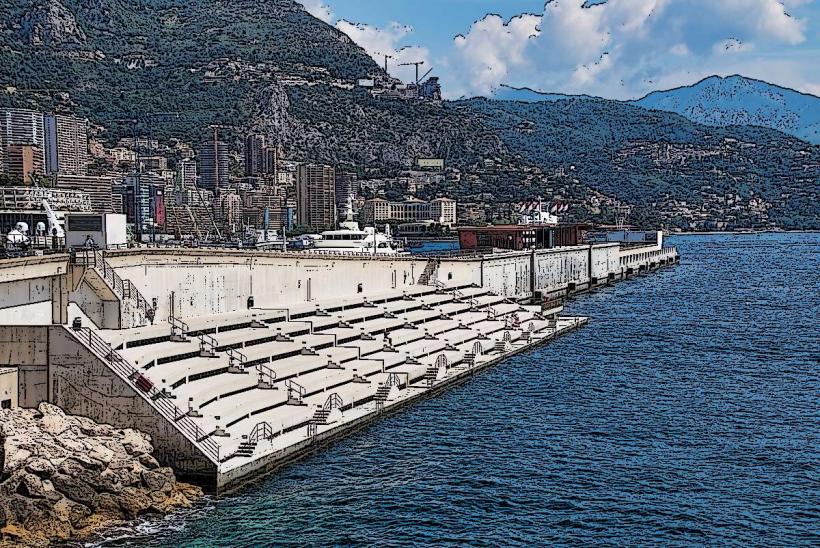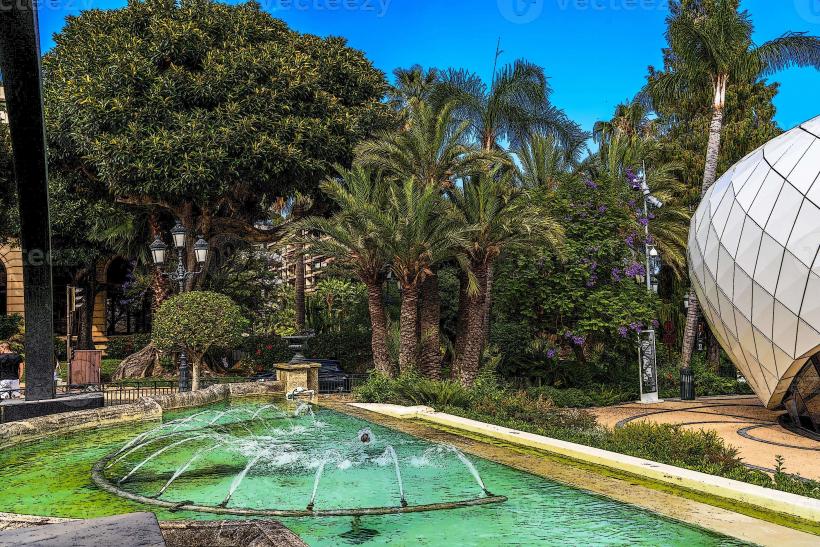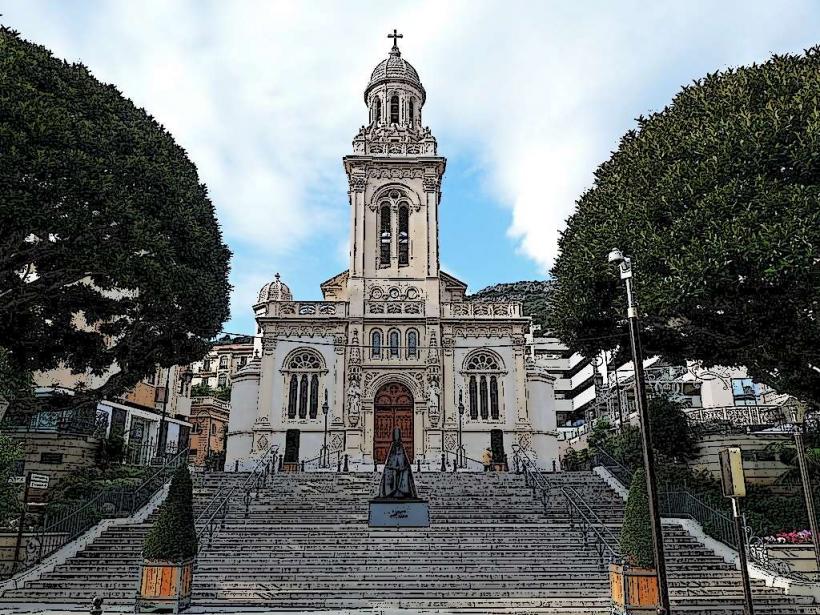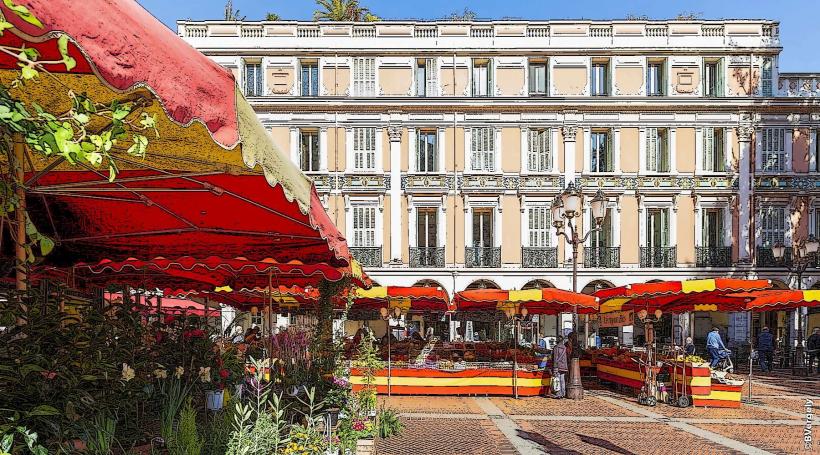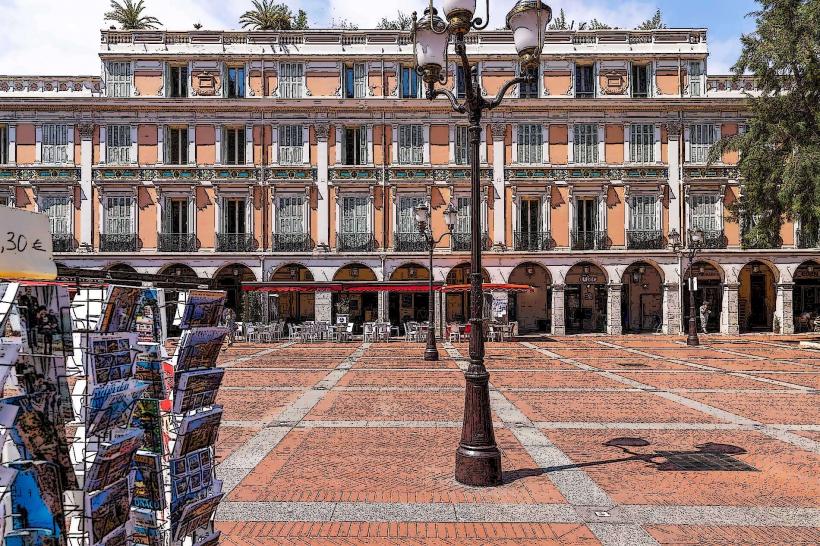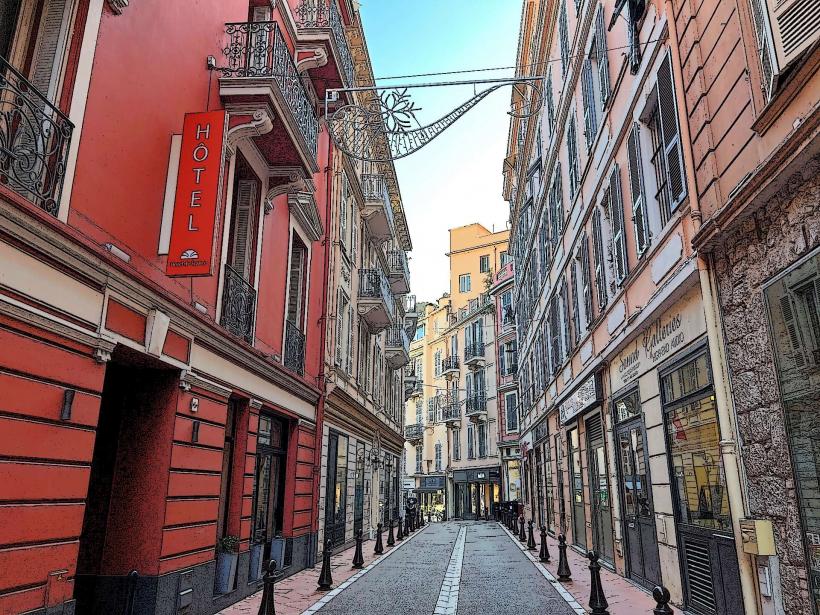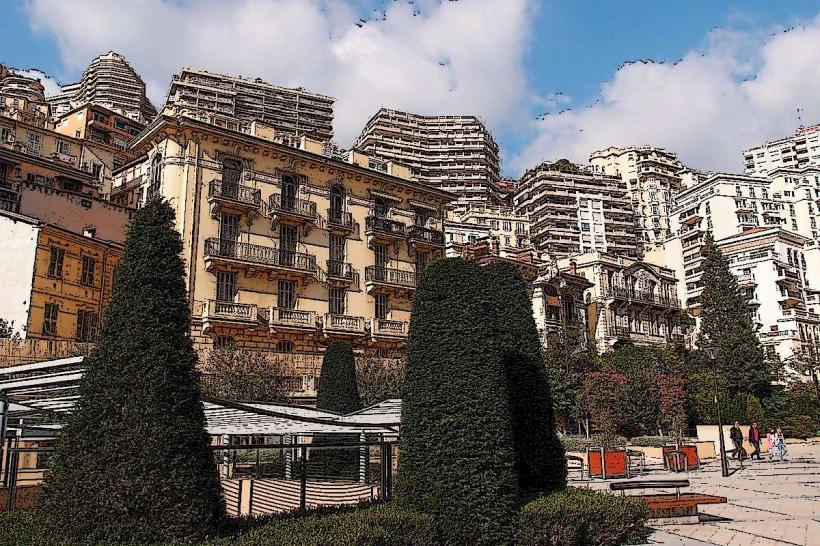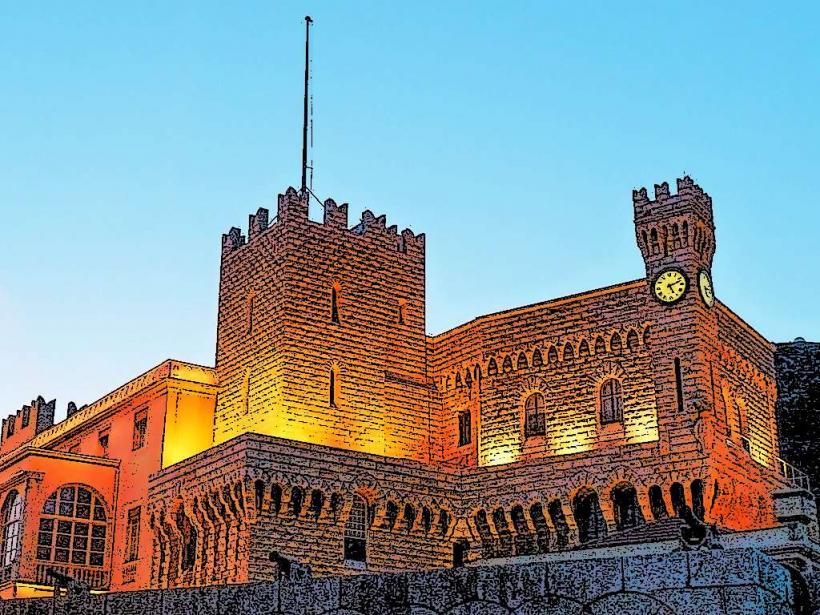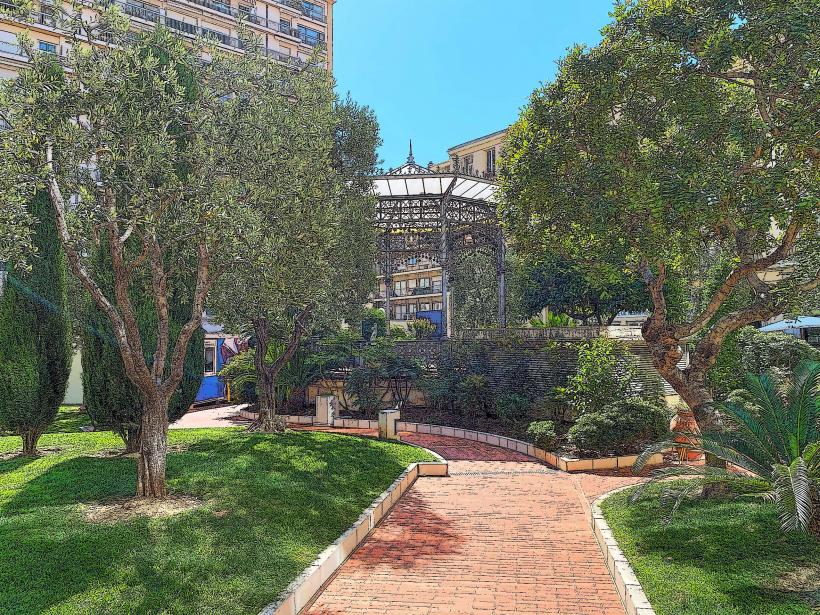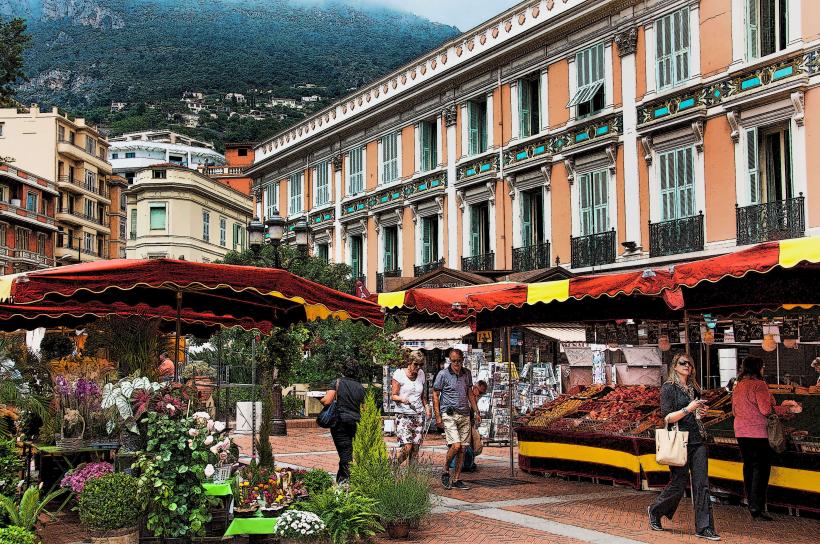Information
City: La CondamineCountry: Monaco
Continent: Europe
La Condamine is one of the central and oldest districts of Monaco, located along the western part of the principality. It is the commercial heart of Monaco, blending historic charm with modern elements. La Condamine plays a crucial role in Monaco’s economy and culture, offering a mix of vibrant shopping streets, residential areas, and seafront attractions. The district is also home to the famous Port Hercule (Monaco Harbor) and is closely linked to other key areas of Monaco, including Monte Carlo and Monaco-Ville.
Geography and Location
La Condamine is situated below Monaco-Ville, the district that houses the Prince's Palace and the Monaco Cathedral, making it a central part of Monaco. The district is bordered to the north by Moneghetti, to the east by Monte Carlo, and to the south by the Mediterranean Sea, making it a vital area for tourism, business, and leisure.
La Condamine is relatively flat compared to the surrounding hilly districts, which allows for easier navigation and access to key landmarks. The Port Hercule, the primary harbor of Monaco, lies to the south of La Condamine and is a defining feature of the district.
History of La Condamine
La Condamine’s history dates back to the early days of Monaco. Originally, it was a marshy area and a small fishing village, but as Monaco expanded, La Condamine became an essential part of the principality’s development, especially in the 19th century. It played a key role in the expansion of Monaco’s economy, primarily due to its harbor and its proximity to the Mediterranean Sea.
Early Development: La Condamine was one of the first areas to undergo major urbanization and development in Monaco, particularly in the 1800s, with the growth of maritime commerce and the establishment of Monaco as a tax haven. The district grew steadily throughout the 19th and early 20th centuries, serving as a hub for shipping, trade, and business.
Growth of the Harbor: The expansion of Port Hercule in the late 19th century and early 20th century solidified La Condamine’s role as the commercial and industrial heart of Monaco. The harbor became the center for maritime activities, and the district saw the establishment of warehouses, dockyards, and shipping-related businesses.
Modernization: In the 20th century, especially under the reign of Prince Rainier III, La Condamine underwent a period of modernization. The district began to attract tourists, with the development of more commercial spaces, restaurants, bars, and luxury shops. La Condamine became a more residential district as well, with new housing and apartment buildings replacing older structures.
Key Landmarks and Attractions in La Condamine
Port Hercule (Monaco Harbor): Port Hercule is one of Monaco's most famous landmarks and an essential part of La Condamine. It is a deepwater harbor that accommodates a wide range of luxury yachts, private boats, and cruise ships. The harbor is surrounded by quays, restaurants, and shops, offering visitors beautiful views of the Mediterranean Sea. It is also the starting point for the annual Monte Carlo Grand Prix, where Formula 1 cars race through the streets of La Condamine and Monte Carlo.
- The harbor is home to the Monaco Yacht Show, an exclusive event that attracts luxury yacht owners and enthusiasts from around the world.
La Condamine Market (Marché de La Condamine): The La Condamine Market is a lively food market located in the heart of the district. It offers a wide variety of fresh produce, meats, cheeses, flowers, and local specialties, making it a favorite spot for both residents and tourists. The market is housed in a traditional covered hall, which has been a landmark in La Condamine for years.
Place d’Armes: The Place d’Armes is a public square in La Condamine, often considered the central hub of the district. It is a popular spot for locals to relax, meet friends, and enjoy outdoor cafés. The square is lined with shops, restaurants, and buildings that represent the local architecture. The vibrant atmosphere makes it a must-see location for anyone visiting the district.
The Monaco Grand Prix Circuit: One of the highlights of La Condamine is the route of the Monaco Grand Prix, one of the most prestigious events in the Formula 1 calendar. The race circuit runs through the streets of La Condamine, including iconic locations like the harbor and Casino Square. The circuit is known for its narrow, winding streets and sharp turns, making it one of the most challenging tracks in motorsport.
Chapelle de la Visitation: The Chapelle de la Visitation is a small but beautiful chapel located in La Condamine. Built in the early 17th century, the chapel offers a peaceful atmosphere and a place for visitors to learn about Monaco’s religious history. Its Baroque architecture and location atop a hill provide stunning views of the surrounding district and harbor.
The Fontvieille Tunnel and Underground Parking: Another aspect of La Condamine’s modernity is its use of underground spaces. The Fontvieille Tunnel, located near the harbor, is part of Monaco’s extensive underground infrastructure, which includes parking and transport facilities. This design allows for more space in the district above ground and helps to reduce traffic congestion.
Le Jardin St-Martin: Though located near La Condamine’s borders, the Jardin St-Martin is a beautiful public garden that offers great views over the harbor and surrounding areas. The garden features a variety of plants, sculptures, and fountains, providing a peaceful escape from the bustling streets of the district.
Economy and Lifestyle in La Condamine
La Condamine has long been a key commercial district in Monaco. Its harbor has driven the growth of the local economy, and today, La Condamine is home to many businesses, shops, and services. The district also plays a crucial role in Monaco's tourism industry, drawing millions of visitors each year due to its proximity to popular landmarks and events like the Monte Carlo Grand Prix.
Commercial and Business Hub: La Condamine is home to many commercial establishments, including luxury boutiques, international businesses, and offices. The district has a mix of traditional shops and high-end retail outlets, offering everything from local products to designer fashion. Business offices also thrive here, benefiting from Monaco’s favorable tax policies and international reputation as a business hub.
Dining and Entertainment: The dining scene in La Condamine is varied, with a mix of local Monaco specialties and international cuisine. The restaurants along Port Hercule offer a glamorous setting with incredible views of the harbor and the Mediterranean Sea. The district is also home to various bars, cafés, and nightclubs, contributing to Monaco’s nightlife.
Residential Area: While La Condamine is largely known for its commercial and leisure activities, it also offers residential spaces. Apartments in the district are highly sought after, offering access to the amenities and services of central Monaco. The area provides a more urban environment compared to other more residential districts like Fontvieille or Monte Carlo.
Tourism and Leisure: La Condamine is a tourist hotspot due to its proximity to the Monte Carlo Casino, the Monaco Grand Prix, and the harbor. The district’s central location makes it an ideal base for exploring the rest of Monaco. Visitors can stroll along the harbor, relax in outdoor cafes, or explore the local market. Many choose to rent luxury yachts or take boat trips along the coast from the marina.
Transportation in La Condamine
La Condamine is well-connected to the rest of Monaco, with several modes of transportation that make it easy to navigate and explore.
Public Transportation: Monaco offers an efficient public transport system, including buses and a monorail that connects La Condamine to other districts. The district’s central location ensures easy access to transportation hubs and attractions.
Walking: La Condamine is a pedestrian-friendly district, with wide streets and walkways that make it easy to explore on foot. Many of the main attractions are within walking distance, so visitors can easily stroll around the district.
Parking and Vehicles: Monaco is known for its limited space for cars, but La Condamine has several underground parking facilities that make it easier for residents and visitors to find parking. The district also has access roads to the Monaco Harbor and Formula 1 Grand Prix Circuit, making it ideal for tourists arriving by car.
Conclusion
La Condamine is an essential district in Monaco, offering a dynamic mix of history, commerce, and leisure. Its strategic location near the harbor, combined with its blend of modern developments and historical sites, makes it a key area of the principality. Whether visiting the Port Hercule, exploring the local market, or attending the Monaco Grand Prix, La Condamine is an exciting and essential destination for anyone exploring Monaco.

